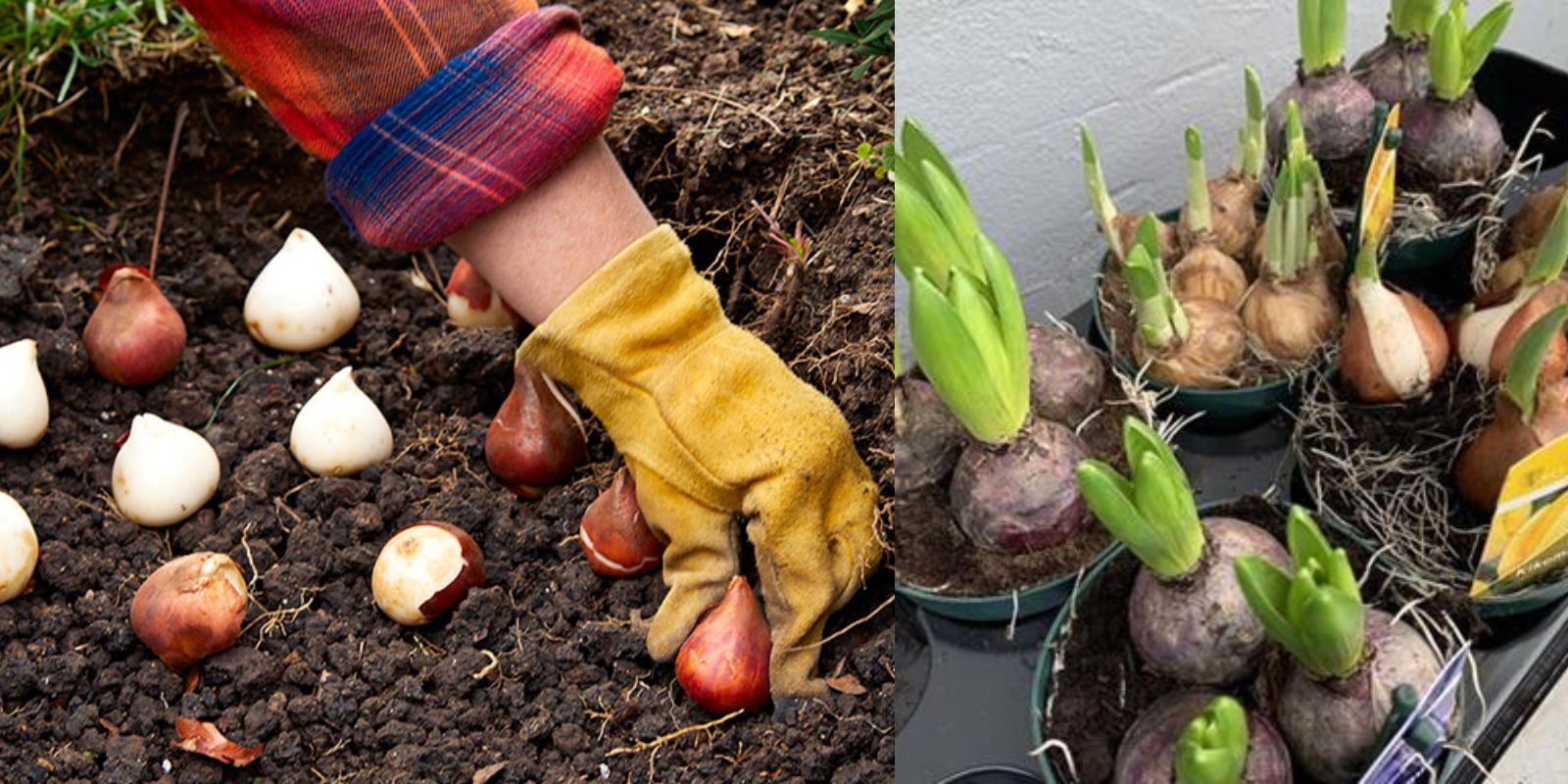Flower bulbs are nature’s incredible packaging of life, containing all the nutrients and instructions needed to produce stunning blooms. For beginners, identifying these bulbs is an essential skill that can transform a garden from ordinary to extraordinary. Whether you’re planning a spring wonderland or a summer paradise, understanding flower bulbs ensures you can care for them correctly and achieve the best results.
In this comprehensive guide, we’ll walk you through the basics of identifying flower bulbs, their unique features, and tips for growing them successfully.
What Are Flower Bulbs?
Flower bulbs are underground storage organs that house the plant’s embryonic flower, leaves, and roots. They serve as a food reserve, allowing the plant to survive dormant periods and bloom in specific seasons. There are various types of bulbs, such as true bulbs (e.g., tulips), corms (e.g., crocus), rhizomes (e.g., irises), and tubers (e.g., dahlias). Each has distinct characteristics, but all play a vital role in gardening.
Step-by-Step Guide to Identifying Flower Bulbs
1. Observe the Shape and Size
- Large and Symmetrical: These are typical of tulips and daffodils, which have a uniform, smooth appearance.
- Small and Compact: Crocuses or grape hyacinths have smaller, more oval shapes.
- Irregular and Knobby: Dahlias and tuberous begonias often have irregular shapes due to their tuberous nature.
2. Feel the Texture
- Papery Layers: Many bulbs, such as tulips and onions, have a dry, papery outer layer that protects the inner parts.
- Firm and Dense: Some bulbs, like lilies, feel solid and don’t have protective layers but are equally hardy.
3. Look for the Base Plate
- At the bottom of most bulbs is a flat base where roots grow. Inspect this base for visible root remnants or developing shoots.
4. Examine Dormant Sprouts
- Dormant bulbs often have a greenish or pointed tip, indicating the direction of growth. This is common in bulbs planted in the fall, such as tulips and hyacinths.
5. Match Bulbs to Bloom Seasons
- Spring-Blooming Bulbs: Tulips, daffodils, and crocuses are typically planted in the fall.
- Summer-Blooming Bulbs: Lilies and gladiolus are planted in the spring after frost danger has passed.
6. Identify by Smell (Optional)
- Some bulbs, like garlic and onions, have a distinct odor, making them easy to identify even before planting.
7. Use Guides and Labels
- Reference gardening books or online resources with pictures of bulbs to match your findings. Label bulbs during storage or before planting to avoid confusion.
Common Flower Bulbs and How to Recognize Them
- Tulips:
- Large, round bulbs with a papery brown outer layer.
- Pointed tip with a smooth base plate.
- Daffodils:
- Similar to tulips but often larger and slightly irregular in shape.
- Thick papery skin with visible root remnants.
- Crocuses:
- Small, firm bulbs with a rounded shape and smooth outer surface.
- Easy to handle and perfect for compact planting spaces.
- Lilies:
- Lack a papery covering but are firm and segmented.
- Can be identified by their layered, fleshy appearance.
- Dahlias:
- Tuberous with irregular shapes.
- Often knobby and resemble sweet potatoes.
Tips for Storing and Planting Flower Bulbs
Storing Bulbs
- Store bulbs in a cool, dry place with good air circulation.
- Use breathable containers like mesh bags or paper bags to prevent rot.
- Label bulbs to remember their type and planting season.
Planting Bulbs
- Plant bulbs with the pointed end up and the base plate down.
- Follow the depth and spacing recommendations for each bulb type.
- Water thoroughly after planting to encourage root growth.
Troubleshooting Bulb Identification
- Bulbs Look Similar: Use a magnifying glass to inspect subtle differences in texture or shape.
- No Labels: Compare the bulb to images online or consult local gardening experts.
- Mixed Bulb Storage: Plant mixed bulbs in a test bed to identify their blooms.
Why Identifying Flower Bulbs is Important
Correctly identifying bulbs ensures you plant them at the right time and in the right conditions. It also allows you to group bulbs with similar needs, promoting healthier growth and more vibrant blooms. Proper identification also prevents planting invasive species that might disrupt your garden’s ecosystem.
Conclusion
Identifying flower bulbs might seem daunting at first, but with a keen eye and a bit of practice, you’ll soon master the skill. Whether you’re a seasoned gardener or just starting out, understanding your bulbs is the key to creating a stunning, colorful garden.
💬 What bulbs are you planting this season? Share your gardening adventures in the comments below!
Viral Gardening Hashtags:
#FlowerBulbBasics #GardeningForBeginners #SpringBlooms #GardeningTips #GreenThumbJourney #GrowYourGarden #FlowerGardenGoals #PlantAndBloom #GardeningMadeSimple

